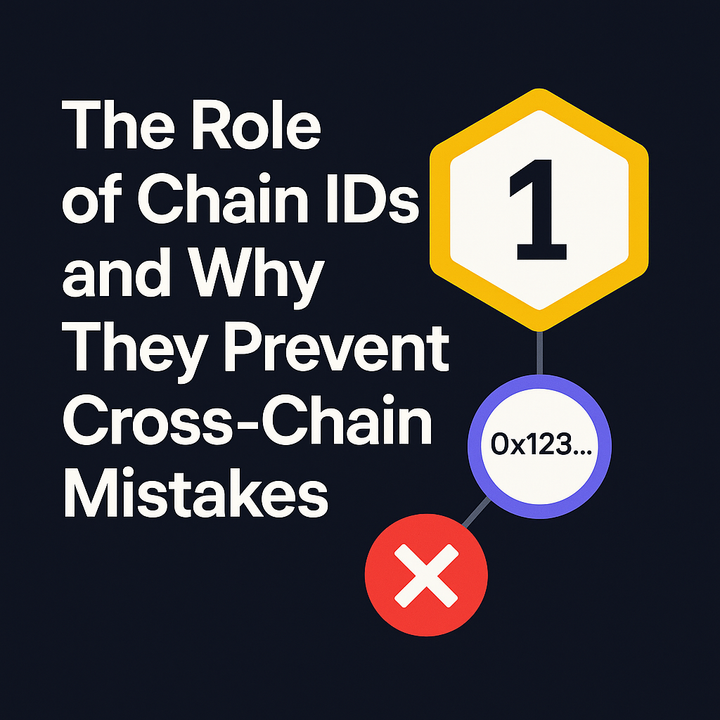The Cross-Chain Liquidity Gap

New Layer 1 (L1) blockchains face the same problem:
- Fragmented liquidity pools
- Inefficient capital allocation
- High dependency on external incentives
Building real adoption requires deep, sustainable liquidity — but bootstrapping it from scratch is slow and expensive.
Mitosis solves this with Liquidity as a Service (LaaS) — a framework that allows any L1 to tap into unified, ecosystem-owned liquidity without sacrificing decentralization.
How Mitosis Provides Liquidity as a Service
Mitosis acts as a liquidity backbone for partner chains:
1. Unified Vault Infrastructure
Assets deposited into Mitosis vaults form a mobile liquidity layer, deployable across integrated chains.
2. miAsset Standardization
Assets like miETH or miUSDC can flow freely between ecosystems, unlocking DeFi utility without liquidity fragmentation.
3. Composable, Cross-Chain DeFi
Partner chains gain access to deep liquidity, without isolated pools or reliance on mercenary capital.
4. Protocol-Owned Liquidity (EOL) Built-In
Liquidity provided is sticky — anchored to protocol growth, not temporary incentives.
Liquidity as a Service in Action

Why It Matters for L1 Chains
LaaS with Mitosis enables:
- Immediate liquidity access for new ecosystems
- Reduced costs for attracting users and developers
- Native support for cross-chain DeFi applications
- Strengthened token utility through miAsset integration
Instead of competing for fragmented liquidity, L1s integrate with Mitosis to amplify their capital efficiency and accelerate ecosystem growth.
Case Example: Expanding an Emerging L1
An emerging chain partners with Mitosis:
- Mitosis vaults are seeded with assets (ETH, USDC, etc.)
- miAssets are deployed on the new chain
- Developers build DeFi apps leveraging mobile liquidity
- Users access yield opportunities without bridging friction
Result: Faster adoption, reduced fragmentation, and sustainable liquidity flows.



Comments ()